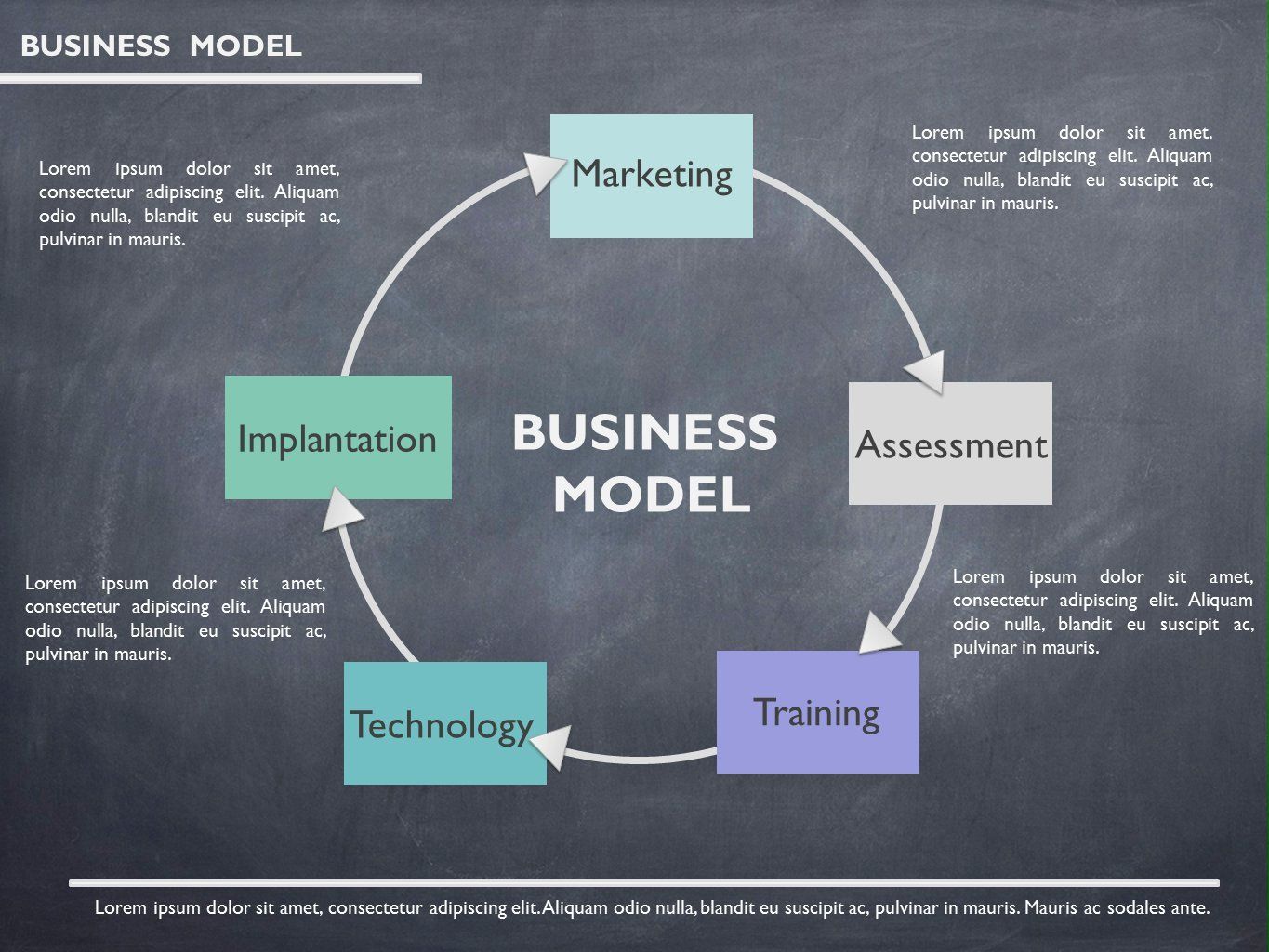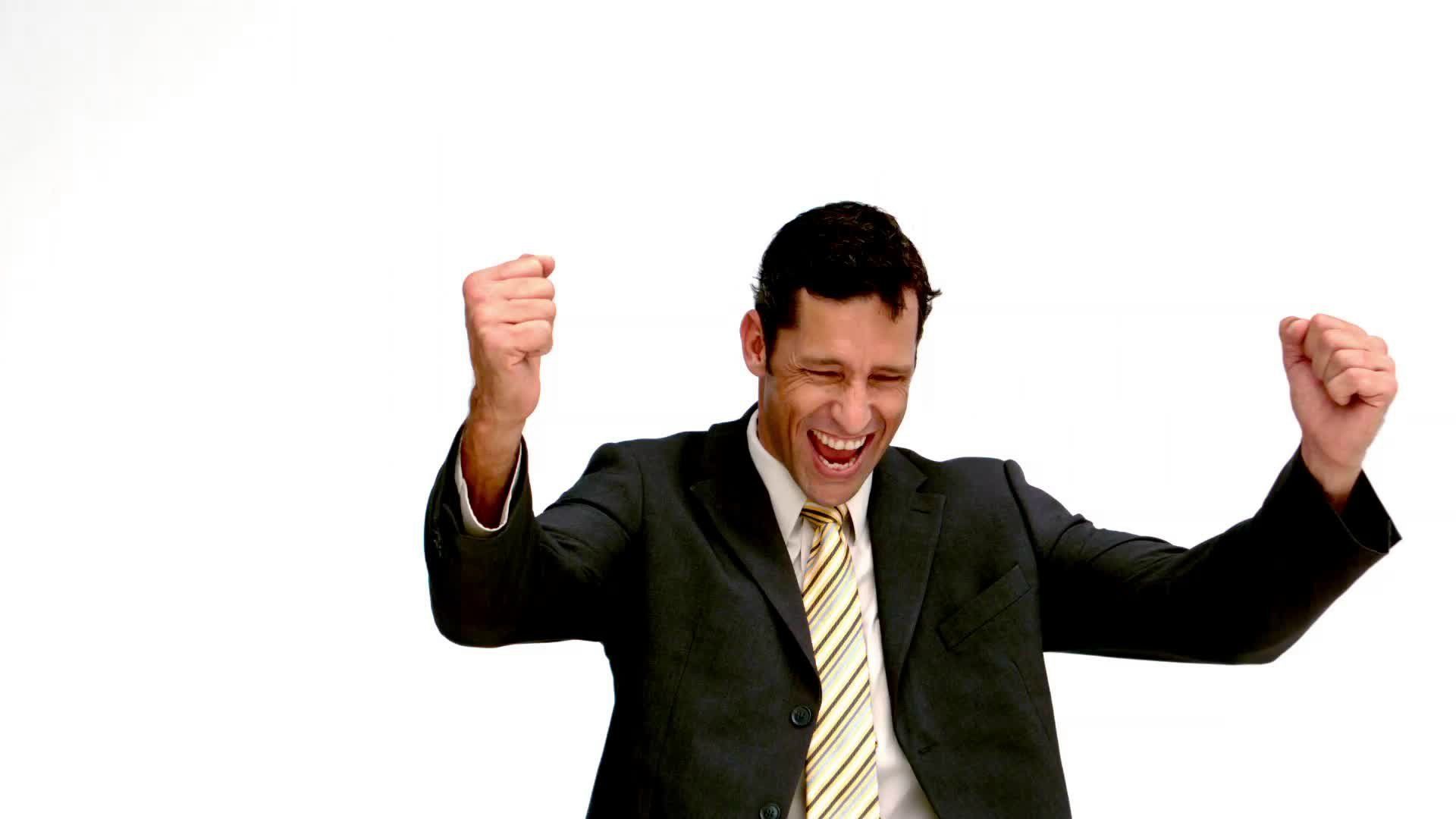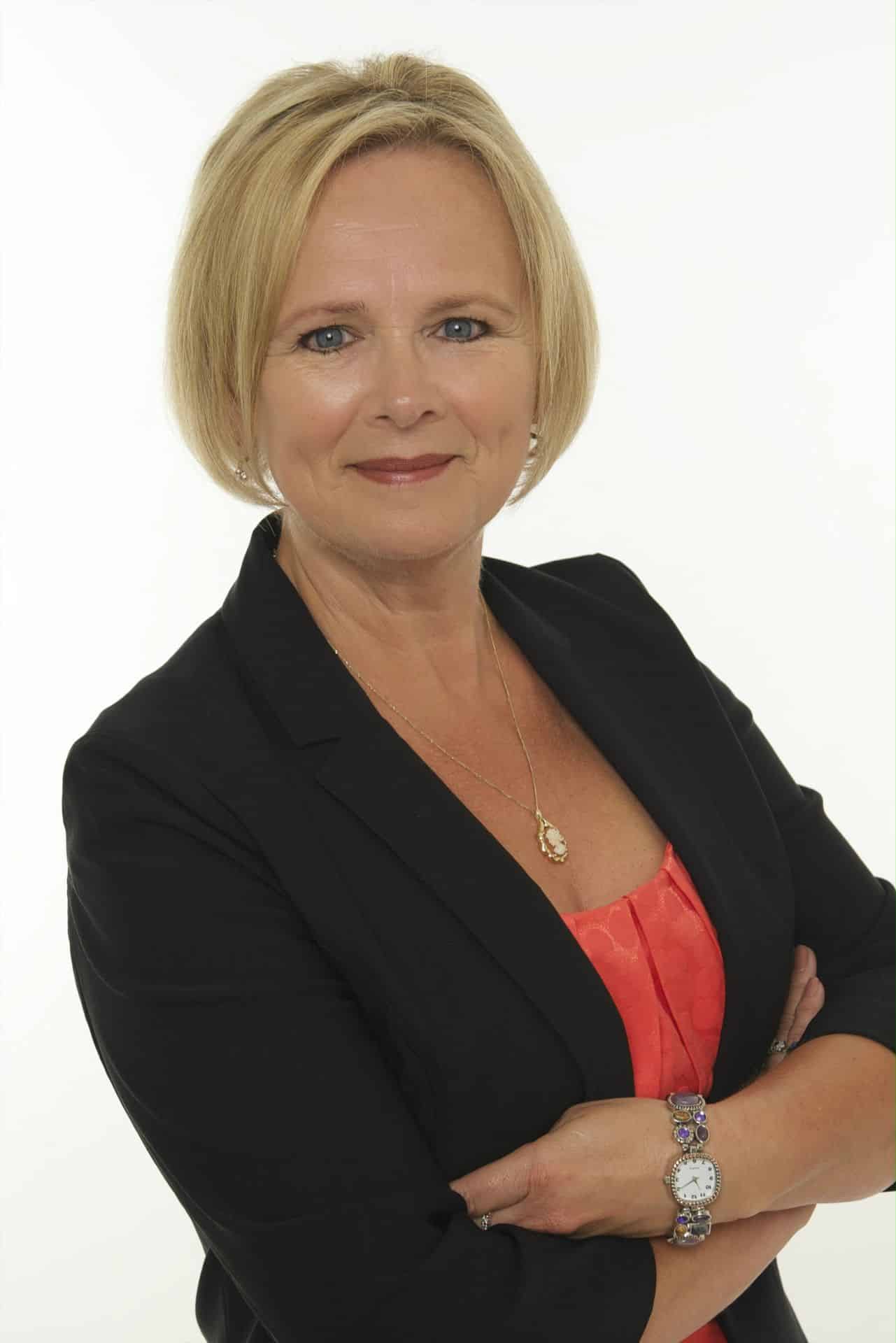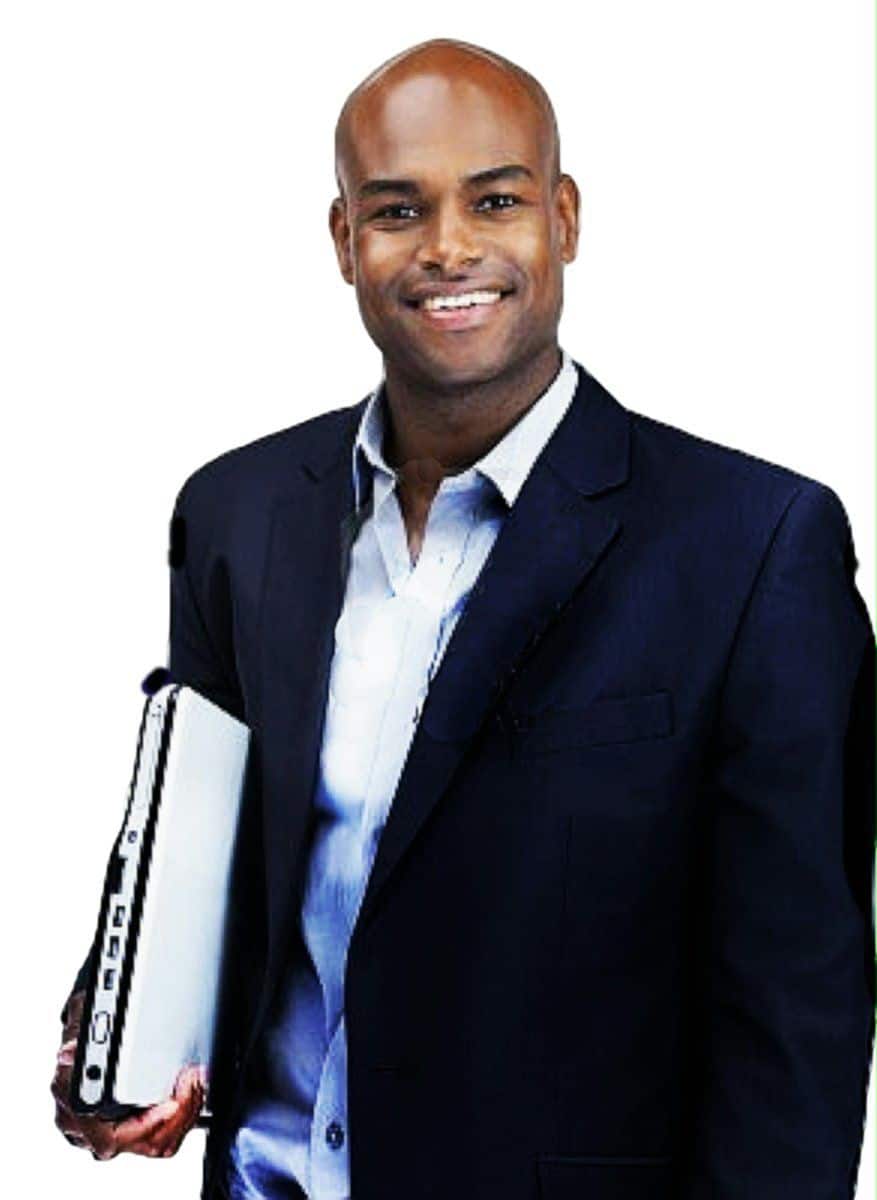The lukewarm coffee, forgotten moments after the first sip, grew a thin skin in the conference room’s too-cold air. My heart rate, a steady 72 beats per minute just moments before, had climbed a few notches as I clicked to the slide detailing my recommendation. This was it: the culmination of weeks, sometimes months, of analysis, field testing, and direct engagement with our users. It was precise. It was efficient. It solved a problem that had cost us roughly $272,000 in lost productivity over the last 12 months. Then the VP of Internal Communications, a well-meaning individual whose department had absolutely zero bearing on product architecture, piped up from her screen, which was lagging by 2 seconds. “Have we considered,” she began, a digital echo of herself still forming on my screen, “making the button a different shade of blue? I feel a softer azure might be more… inviting.” And just like that, the next 62 minutes of my life, and the collective lives of the other 82 people on the call, were now dedicated to the nuances of color theory.
That’s the slow, quiet death of expertise by committee. It isn’t a sudden, dramatic rejection. It’s a process of attrition, a methodical sanding down of a good, sharp idea until it’s a dull, round, and politically safe object that offends no one and inspires nothing. It arrives not with a bang, but with a thousand tiny, insignificant questions that collectively dismantle the very essence of what was once clear, bold, and necessary. The underlying frustration, the one that sometimes makes me want to throw my favorite mug (which, coincidentally, broke this morning after I dropped it, a testament to how easily things shatter under pressure), is why eight people who don’t know my job are debating my decision. It feels like a betrayal of the very concept of specialized knowledge.
The Tightrope of Fidelity
I often think about Stella G.H., a friend who works as a court interpreter. She describes her job as a constant, tightrope walk of linguistic fidelity. Every word, every nuance, every emotional inflection must be rendered with absolute precision. There’s no committee of other interpreters debating if “guilty” would sound better as “responsible for the outcome.” There’s no 12-person panel suggesting that perhaps the defendant’s exact words could be *massaged* for better optics. Her expertise is singular, decisive. The ramifications of even a minor misstep are huge. She alone bears the weight of accurate translation, because lives depend on it.
High-Stakes Precision
She trains rigorously; she understands the delicate balance. And she, in her professional life, makes literally 102 individual, high-stakes linguistic decisions every single working hour, decisions that profoundly alter the course of justice. Try getting a committee to agree on the meaning of a single legal term within 2 minutes. It’s a joke. A really bad joke.
Fear of Accountability
This entire charade, this slow, deliberate suffocation of sharp ideas, comes from a place of fear. Not fear of failure, necessarily, but fear of *individual accountability*. If a decision is made by a committee of 12 people, then no single person can truly be blamed if it goes south. The blame is diffused, scattered across a dozen different sets of shoulders, rendering it weightless. We call it “getting buy-in,” and it sounds so collaborative, so democratic. But often, it’s really a process of sanding down a good, sharp idea until it’s a dull, round, and politically safe object that offends no one and inspires nothing. It’s the opposite of innovation. It’s the very antithesis of personal ownership, a stark contrast to the kind of decisive, personal choice that brings true satisfaction.
Individual Accountability
Individual Accountability
I’m not saying I’m infallible, by any stretch. I’ve made terrible calls, some costing thousands, others just my own reputation. There was that one project, back in ’22, where I insisted on a particular deployment strategy for our new CRM. It was technically brilliant, on paper. But I overlooked the human element, the team’s capacity for adoption, their current workload, their aversion to abrupt change. The result was a mess, and I had to backtrack, eating humble pie the size of a pizza box for 2 weeks. So, yes, I’ve learned the hard way that blind faith in one’s own vision can be dangerous. And sometimes, a genuine discussion, a careful consideration of multiple perspectives – true collaboration, not just a rubber-stamping exercise – can prevent those kinds of catastrophic missteps. But there’s a distinct difference between seeking genuine input to *enhance* a solid recommendation and subjecting expertise to a death by a thousand cuts, all in the name of political appeasement. It’s like a sculptor, after months of painstaking work, being told by a panel of dentists and accountants that the nose on his marble bust should be 2 millimeters shorter, just because it might be less “threatening” to some abstract stakeholder who might see it in 2 years.
The Erosion of Courage
The real cost isn’t just lost time or wasted resources. It’s the erosion of courage. The best ideas often start as uncomfortable ones, as challenging ones that poke holes in existing assumptions. They require conviction, a willingness to stand alone, at least for a while. When every decision must pass through a gauntlet of non-experts, it trains people to be timid. It teaches them to self-censor, to pre-dull their own ideas before presenting them, just to minimize the chance of prolonged debate over something as trivial as a button’s color. This creates a culture where mediocrity isn’t just tolerated; it becomes the standard, the safest harbor in a sea of opinions. The creative spark, the innovative leap, they wither under the collective gaze of those who prioritize consensus over competence, uniformity over utility.
Bold Ideas
Timid Choices
Mediocre Standard
The creative spark, the innovative leap, they wither under the collective gaze of those who prioritize consensus over competence, uniformity over utility.
Empowerment and Ownership
Think about the sheer liberation in seeing someone choose, for their own home, exactly what they want. They pick their materials, their colors, their designs, like selecting Exterior Composite Siding that reflects their personal aesthetic and functional needs. There’s no HOA committee debating the precise shade of grey they can use for their slats, no arbitrary rule about wood grain versus smooth finish, no one but *them* making the definitive call. They live with the choice, for better or worse, and they own it. That direct line from desire to decision, from need to solution, that’s where true satisfaction and authentic expression lie. It’s empowering. It’s efficient. It’s based on personal expertise: the expert on their own life, their own preferences, making a choice for their own space. It stands in stark opposition to the paralyzing effect of organizational committees, where the desire to avoid any potential criticism outweighs the drive for excellence. We have roughly 22 opportunities a year for truly transformative decisions, and most are diluted before they ever see the light of day. Perhaps, it’s time to stop asking for “buy-in” and start empowering those who actually know.
Transformative Decision Dilution
30% Retained
What if we allowed a few more skilled hands, backed by rigorous expertise, to simply *do* the thing, instead of debating it for 2 weeks too long?







































































































































































































































































































































































































































































































































